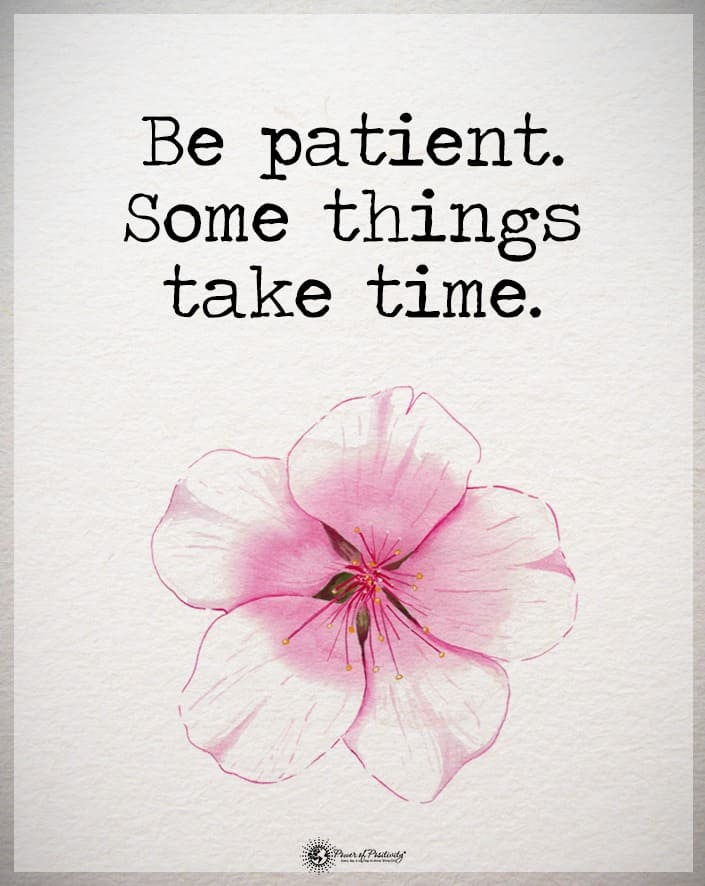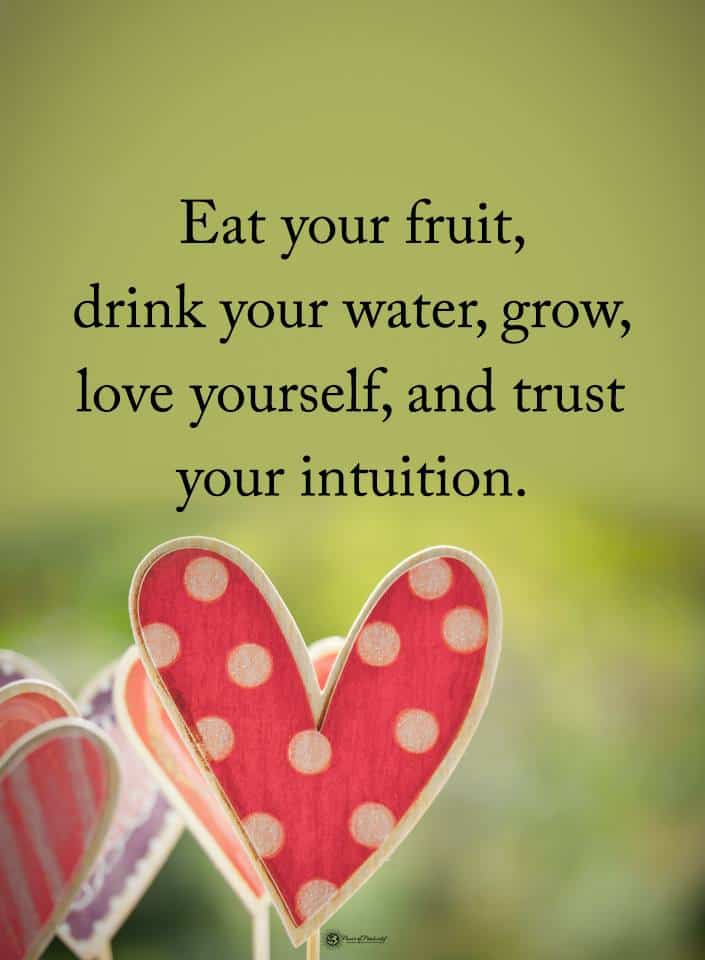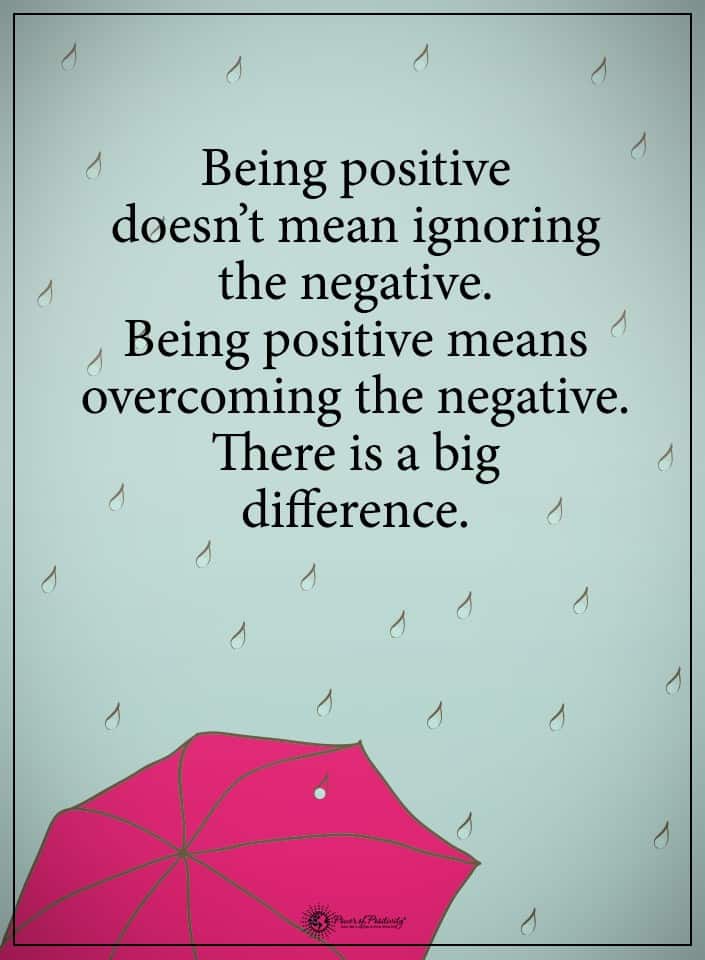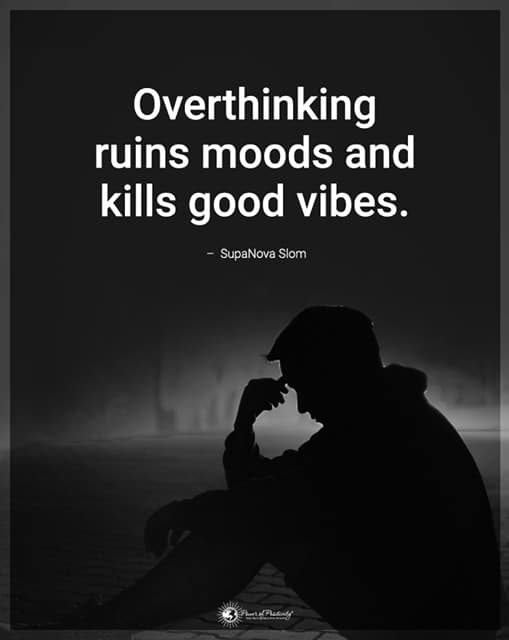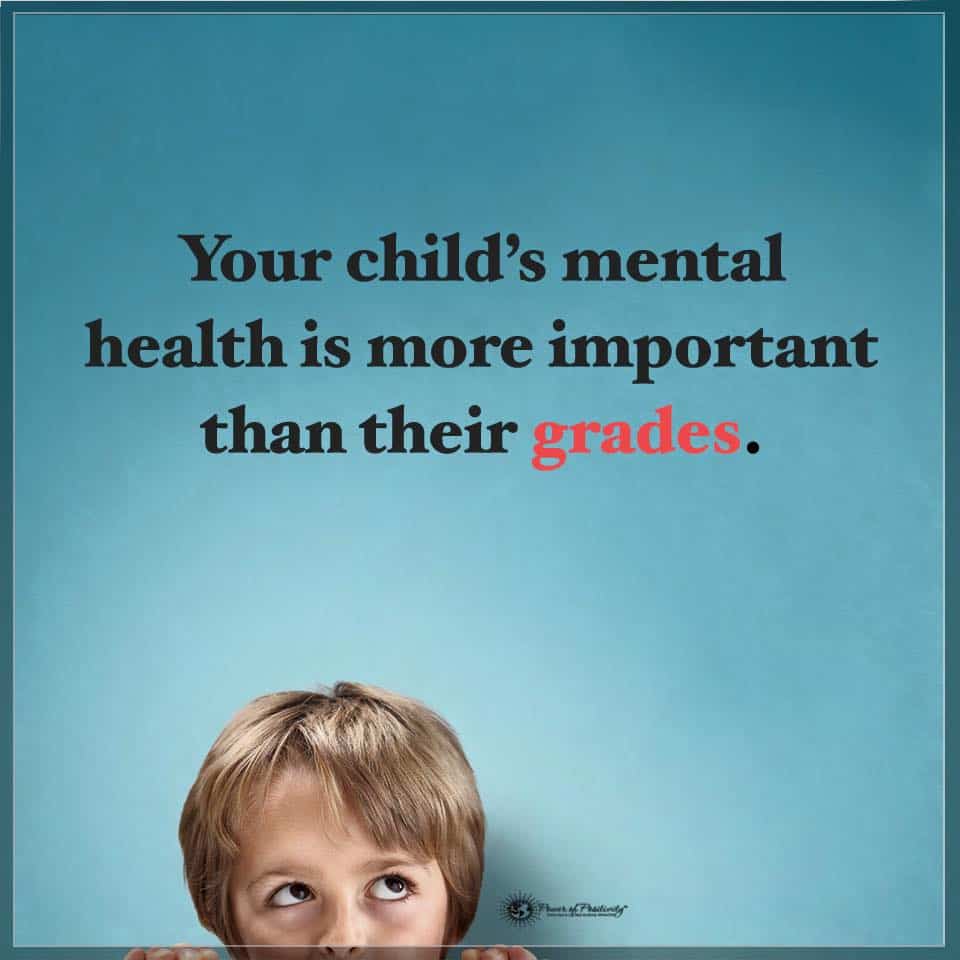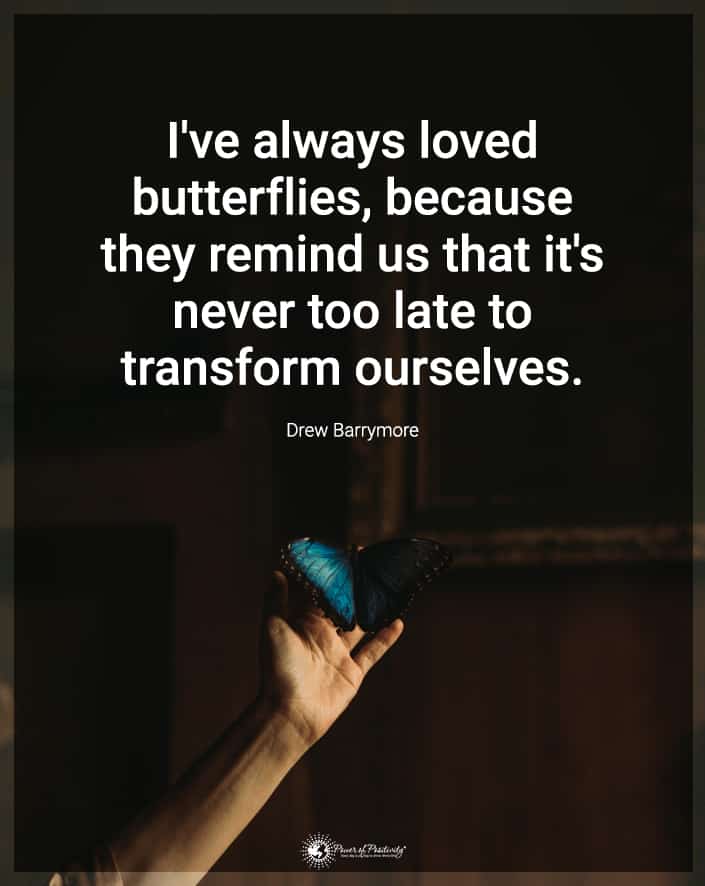Perhaps no other flower in history has been more beloved than the rose. This revered blossom has been woven into art, literature, and music of cultures worldwide. It’s the iconic expression of romantic love and friendship.
Throughout the centuries, many cultures created a love language with flowers. Each hue was symbolic of the feelings meant to convey to the recipient. The Victorian Era had a strict social code for flowers and their tints.
In today’s fast-paced world, the timeless beauty of roses continues to enchant hearts, making flower delivery services an invaluable means of expressing sentiments. With just a few clicks, one can send a stunning bouquet to a loved one, bridging distances and fostering connections.
Whether it’s a vibrant red rose to signify passionate love or soft pinks for friendship, each arrangement carries a message that transcends mere words. A reliable service like https://jamescressflorist.com/ ensures that these delicate emotions are delivered fresh and beautifully crafted, enhancing the joy of giving.
Moreover, flower delivery services are not just about the flowers themselves; they are about the moments they create. Each bouquet is an opportunity to celebrate life’s milestones, from birthdays and anniversaries to simple acts of kindness.
This cherished flower’s ancestry goes back to Ancient China, says an article published by Country Garden Roses. To date, there are approximately 30,000 varieties. They are treasured for their beauty and scent. These gorgous flowers are the perfect gift of love.
What Can the Colors of Roses Symbolize?
When it comes to this elegant flower, the shades were significant, and so were the number of stems. A single long stem is classic “love at first sight.” It can also express your special feelings for the recipient. Odd numbers are favored in many cultures, while even numbers of stems may represent reserved feelings or anger.
Most people in America often give single stems, a trio, or the iconic dozen. Although twelve is an even number, it represents self and connections in numerology. A dozen long stems declare your love intentions for the recipient.
Do you plan to gift a special someone with roses? You may consider their favorite shade or the traditional meaning. Here are the most popular choices for you to consider.
1. Red Roses
Nothing says “I love you” like a fragrant bouquet. They’re indicative of love, romance, and undying passion. The many hues of scarlet, ruby, cherry, and burgundy are usually the most popular in gardens and floral shops.
It’s probably the most recognized shade used in weddings, Valentine’s Day, and other celebrations of love. They epitomize grace and elegance, especially when presented as a singular stem. When you give these to your sweetheart, it represents your eternal love and romantic connection.
2. Pink
Pink is a demure shade that conveys innocence and sophistication. While you can gift your person a pink bouquet, it can also be a neutral hue for friends, family, or coworkers. You’ll often see pink rosebuds in bud vases or old-fashioned sprays.
They are also popular for Valentine’s Day and weddings, especially if the lady loves pink. You can find shade variants that range from the palest pastel pink to a deep magenta. Either shade of pink reminds the recipient that they are loved and appreciated.
3. White
A stunning white variety is second only to her crimson sister in popularity. Its blossoms whisper innocence, grace, and a new beginning. No wonder they are often preferred at weddings and even funerals. They convey the ultimate respect and beauty of the recipient.
This color can also represent remembrance; you find them in memorial wreaths and bouquets. White blossom in a vase lends a subtle sophistication to the room. It represents pureness of heart and loving intentions when presented to a lover.
4. Yellow Roses
This vibrant shade is so cherished in the American South that it became the official flower of Texas. Perhaps it’s because these golden blossoms have always represented loyalty and friendship. They are the ideal color choice to say, “Thank you,” or “Good job,” or “Friends forever.”
Feel free to present yellow bouquets if your lover adores the sunny tone. In Victorian times, giving golden flowers had a more complex meaning. It often symbolizes that the person is jealous of the recipient’s affection, though they’re not offered for those reasons today.
5. Orange
Maybe you’re bored with traditional rose shades and want to make an original statement. A dazzling orange bouquet represents positivity, playfulness, and a sunny disposition. These have a fun tropical flair and are stunning in mixed bouquets or on their own.
Choose from a range of subtle peach, tangerine, or a brilliant sunburst orange. This hue is appropriate for friends, coworkers, or corporate gifts. However, they’re a fun-loving gift to your mate or family, also.
6. Ivory
If you think white is just white, you’re in for a surprise. According to an article published by Color Meanings, there are approximately 122 shades of white. So, the pale blossoms you chose can be anywhere within this range of white variants.
On the lighter side of the white spectrum is ivory. While they also portray the innocence and purity of plain white, they boost sophistication. Ivory is instantly elegant and lends a continental charm to gifted bouquets.
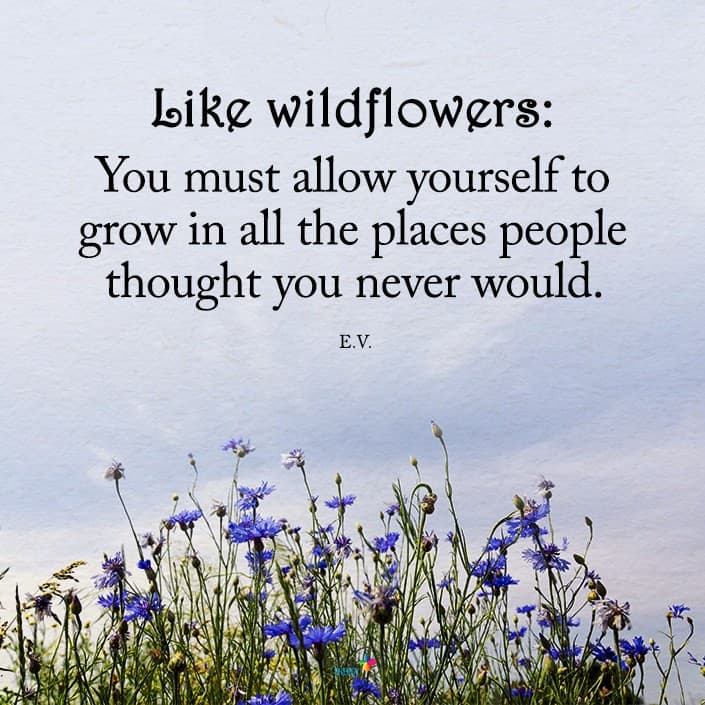
7. Blush Roses
Blush is a lovely shade that combines peach, white, and pink elements. It’s often the quintessential color of fragrant blooms. A blush rose speaks of endearment, traditions, and fond memories.
Bouquets with blush blossoms can say “Thank You” or “I’m thinking of You.” They are also a delightful selection for get-well bouquets or ones that you give “just because.” Blush varieties make a lovely addition to a mixed bouquet.
8. Multicolored
Sometimes, artists like to give Mother Nature a little hand. While browsing through selections in a florist shop, you may see fantasy blooms like the rainbow rose. Each petal has a different color to form a flower that’s as mesmerizing as a unicorn.
These stunning blossoms aren’t found anywhere in nature, regardless of the ads you may see online. Talented floral artists use dyes and other pigments to make the petals multicolored. However, there’s no denying how lovely these created blooms are.
The whimsy of a rainbow bouquet would be especially appreciated by someone going through difficult times. It may remind them to see the beautiful rainbow through the rainstorm. Of course, you can also create a multicolored bouquet by adding different rose colors.
9. Green
Are green varieties of this flower just a decorative ruse for St. Patrick’s Day? While you’ve probably seen plenty of silk varieties during the spring, they exist in real life. They are also more available in nurseries and floral shops today than in the past.
According to an article published by the American Rose Society, one of the most verdant is the Chinese green rose. It’s been a symbol of hope, new life, prosperity, and fertility for centuries. On the odd occasion you find them, you will see an excellent range from airy lime to deep leafy green.
10. Lavender Roses
To this day, the closest to a blue variety is a lavender hue. Victorians often chose bouquets of lavender roses to symbolize their trust and loyalty. It’s a regal shade that is at once exquisite and sublime.
Florists and greenhouses usually offer different lavender shades in the spring around Easter. They make a striking addition to bouquets, bud vases, and corsages. Lavender roses would create an eye-catching centerpiece for the recipient’s spring table.
11. Blue
Regardless of the hype and misinformation on some gardening and floral websites, there are no true-blue roses. The ones that are cunningly marketed as such are deep lavender shades. An article published by the Athens Science Observer explains that this flower lacks anthocyanin, which is responsible for creating an authentic blue.
However, the article states that botanists are still working on a revolutionary hybrid to produce the world’s first genuine blue flower. It hasn’t stopped artists from depicting sapphire-shaded blossoms to represent fantasy and the impossible.
If you want to assume an air of mystery to the recipient, you can gift them with a formulated blue variety. Some lavender cultivars are so dark that they may imitate an azure rarity. Perhaps science will succeed, and the blue hue will be a norm.
12. Black Roses
Another fantastic shade ingrained in flower culture is a black one. Like the blue, these dark petals are manufactured as silk flowers and aren’t natural. Many so-called genuine black varieties are on the market, but are dark shades of red and burgundy.
In traditions, artificial black roses adorned funeral wreaths, casket sprays, and sympathy bouquets. It symbolizes death and sorrow, and it would never appear in festive bouquets. A single black stem represented vengeance, hate, and ill-will in popular culture.
However, preferences have changed, and artificial black blossoms add style and elegance to weddings and other formal occasions. They are also a favored flower for Halloween floral designs. They suggest mystery and a glimpse into the unknown.
Use precaution and wisdom before gifting anyone with a black bouquet, even for sympathy. It should be fine if the recipient is quirky and adores this color. Maybe they’re Gothic fans, and the black blooms would be appreciated.
It’s okay to add black roses to a whimsical Halloween floral arrangement. Avoid giving a single black stem to anyone unless you break up or show your dislike for them. Err on the safe side and stick to lively hues if you doubt.
Final Thoughts on the Connection Between Roses and Romance
No flower can ever express human romantic love like roses. Choosing the right color to convey your message is essential. These “Queens of the Garden” continue to rein in the hearts and lives of people worldwide. A rose really is the perfect gift for any occasion.


